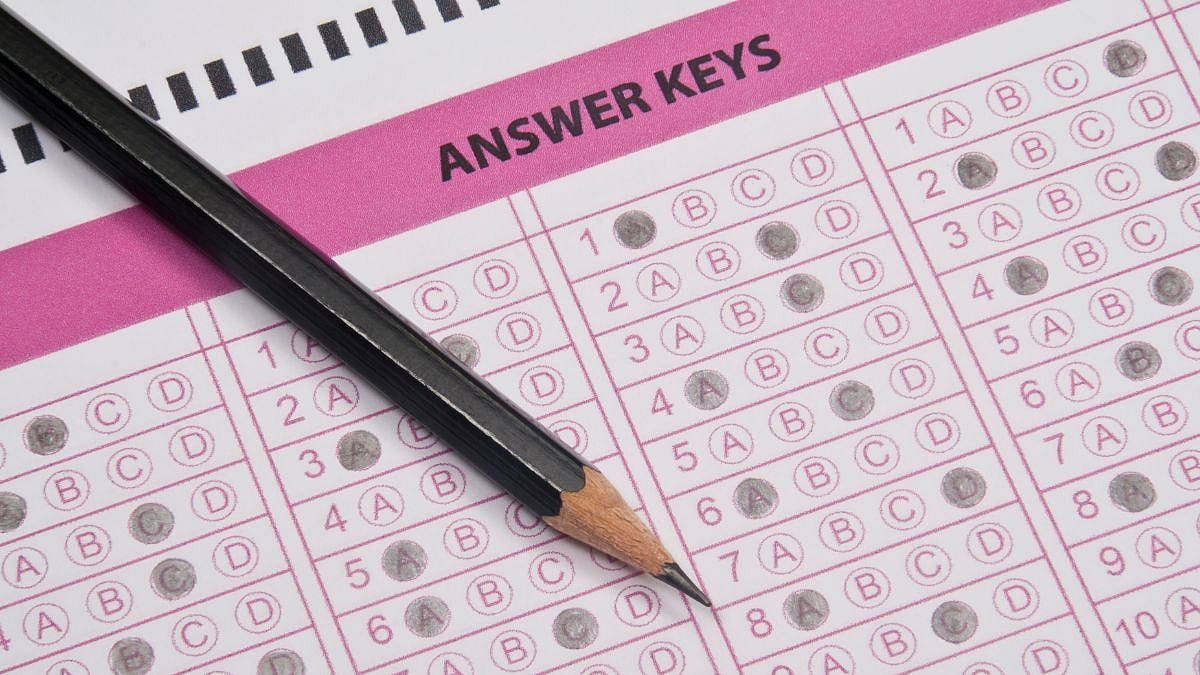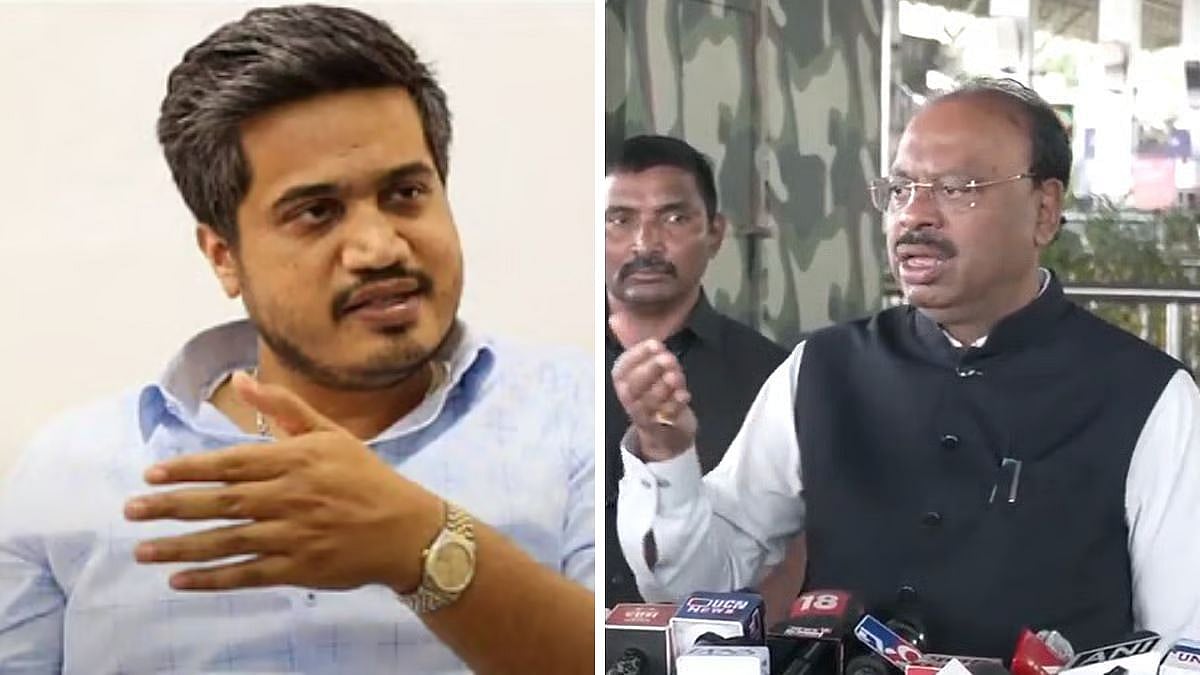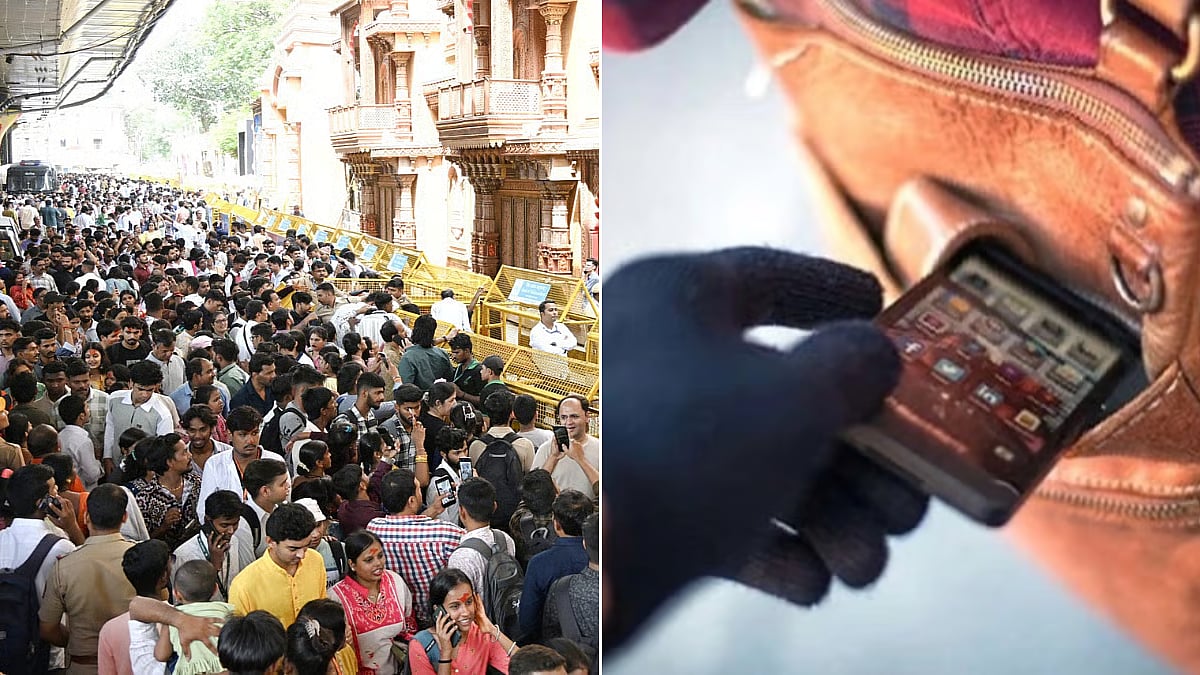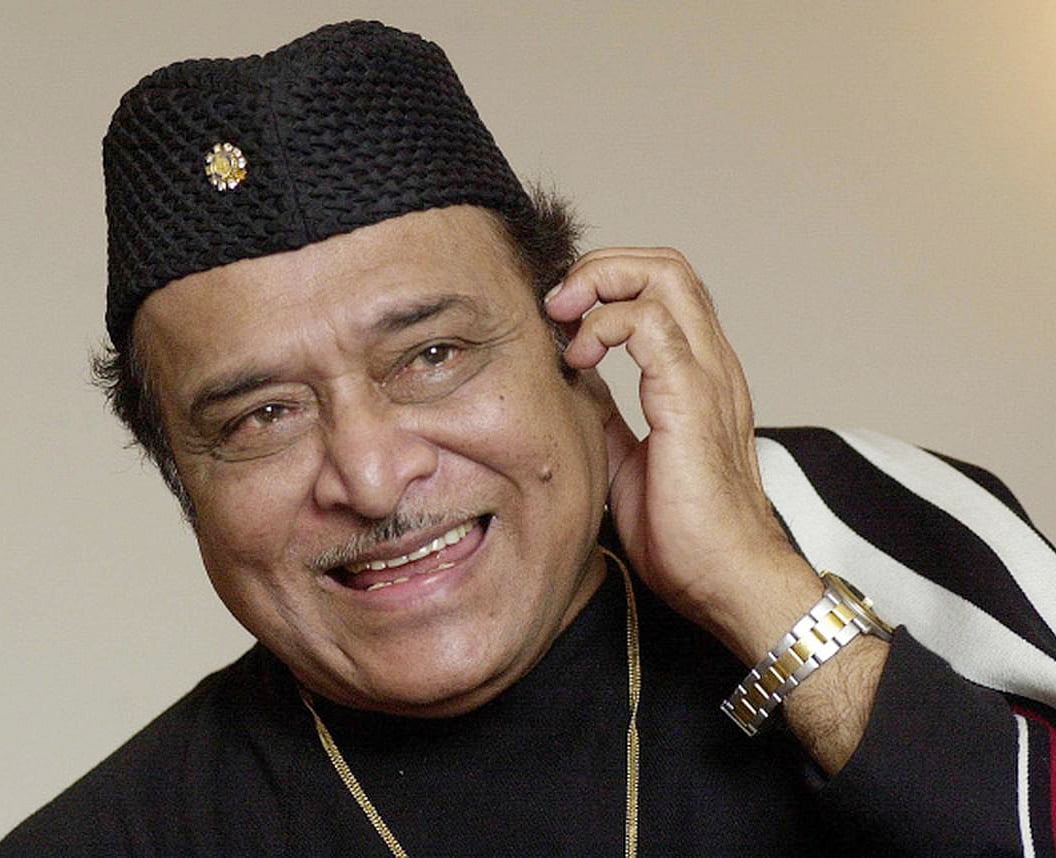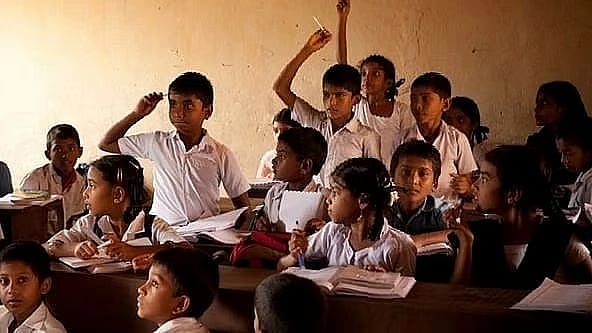It was a sight to behold. A single vehicle on the city’s Marine Drive said so much about how India’s commercial capital addresses the complex issue of air pollution. The mist machine, or the white-painted vehicle carrying a contraption which released a steady fine mist of water through high-pressure nozzles into the air, rolled on the most-recognised street of the Mumbai bravely attempting to quieten the rising dust and settle errant particles of PM 2.5 or 10 so that air pollution would reduce. In two months, Mumbai’s civic body Brihanmumbai Municipal Corporation aims to acquire 30 anti-smog guns to add to its arsenal in its war against air pollution. War it is, given the Air Quality Index numbers these past few weeks, but are the right adversaries being targeted?
Those who walk or run on Marine Drive, now dug up in parts just as roads in the rest of the city are for the underground metro construction, have likely complained of the bad air and smog that simply refuses to lift. Mumbai’s sea breeze which used to magically sponge away the pollutants is no longer as efficient as it used to be, thanks to the pervasive impact of climate change and altered sea breeze patterns. Yet, many of us who commute to or live in other parts of the city can attest, Marine Drive is among the cleaner and least polluted areas. Mist machines, if they had to be deployed, could have been sent to many other densely-polluted areas such as Marol, Mahul, Parel, Chembur, Kurla, Jogeshwari and others. But the BMC is known, after all, to prioritise the south side of the city.
Deploying mist machines and anti-smog guns, or even using water sprinklers to settle the rising dust and enforcing strict curbs on construction sites and industries, lets other contributors to bad air off the hook. The focus of the BMC, and the Maharashtra Pollution Control Board which joined the crackdown on its own sweet time, has so far been on the construction industry with its frenetic building activity across the city (my immediate previous column dwelt on this). The authorities attempted, with stricter guidelines, to regulate the pollution arising from it. Public resentment forced their hands but the other major culprit needs attention too: traffic emissions and vehicles contributing to the rising road dust.
The worsening Air Quality Index (AQI) readings for Mumbai in the past few weeks, which hardly registered ‘good’ or ‘satisfactory’ days on the meter but showed more days with ‘poor’ or ‘very poor’ air than at any time in the past four years, may not be as bad as the device-bending values of 400+ AQI in New Delhi but they have caused enough health hazards already. A staggering 80%, or an average of four out of every five, families in Mumbai have reported pollution-related ailments such as nagging cough, sore throat and respiratory issues in Mumbai these past few weeks.
Combating air pollution is not a one-strike fight; it has to be tackled on several fronts. So, notwithstanding the BMC and MPCB’s new-found enthusiasm to regulate the construction industry, the authorities would have to turn their attention -- without dawdling around -- to Mumbai’s traffic congestion and vehicular density. Mumbai has more than 45,00,000 vehicles registered and it would be fair to assume that at least 80% of them are on the streets at any time. Why would people purchase vehicles otherwise? This figure gives a density of about 650 vehicles per kilometre even as road length has continued to be near-constant at around 2,100 kilometres.
There has been a staggering increase in the number of private vehicles – cars and two-wheelers – over the past decade. The numbers tell the story. Of the nearly 45 lakh vehicles, 40 are private vehicles, according to reports. This is an astounding 89%. Cars and SUVs comprise 13 lakhs or nearly 29% while the two-wheelers number 27 lakhs or about 60% of the total. Those who point to the proliferation of electric vehicles (EVs) in the past year should know that this is still a negligible component – barely 20,000 vehicles till earlier this year. Even with the scorching pace of registration of EVs, this could be generously estimated at around 30,000. Also, the vehicle itself may be off fossil fuels and emissions-free, but the power that fuels it could still be from 'dirty' coal.
This unprecedented rise – nearly 115% in all vehicles in barely 10-11 years from 2012 onwards with an equal increase in cars and a whopping 140% in two-wheelers – may have boosted the economy and the bottom-line of the many vehicle finance companies which offer quick and easy loans, but it has clearly spelt havoc for Mumbai’s air. The emissions have also gone up correspondingly. Are we seriously surprised that the city’s air went from negligibly polluted to claiming high attention – and administrative action – in just about a decade? The have-money-will-buy-my-vehicle is not sustainable at the macro city level.
The plan for vehicular emissions cannot be the Delhi pattern of odd-even numbered vehicles on odd-even days of a month. It is akin to valiantly applying a band-aid to a large bleeding wound. As in Delhi, here too it might allow the authorities to show that they are strenuously working to address air pollution but people will find creative ways around it. Whichever way this is sliced, there is no escape from the fact that Mumbai’s authorities – BMC but also the traffic police – would have to take hard measures. As in Shanghai (the city that administrators love to emulate) and Beijing, there has to be a restriction of the number of cars owned by a family; as in Chicago and several other cities around the world, congestion pricing would have to be introduced to significantly reduce the number of vehicles on the streets; as in Singapore, the purchase of additional cars would have to carry a fee which when added to the cost of the vehicle would make people think twice before completing the purchase.
And, equally importantly, the BMC and traffic police would have to revisit the parking policy across Mumbai to take most of the parked vehicles off the streets. The model of large open spaces within gated complexes, especially commercial, against a street right outside it congested with cars and two-wheelers is now seen all over the city. This parking often takes over the pavements, where they exist. Why does the BMC give permission to build massive complexes if they cannot provide parking within their gates? The solution is not to convert gardens into parking lots, as the civic body tried to do in Juhu and Bandra.
Most important in this set of measures is for the authorities to evolve a comprehensive mobility plan with an emphasis on public transport. Efficient, reliable and safe public transport is the only sustainable antidote to an alarming rise in private vehicles. This is easier said than done, but the authorities must look beyond immediate measures to arrive at a long-term plan of how the transport sector can help make Mumbai’s air cleaner. The mist machine, incidentally, was mounted on a vehicle happily emitting in the Marine Drive air. Tragically funny, as it were.
Smruti Koppikar, senior journalist and urban chronicler, writes extensively on cities, development, gender, and the media. She is the Founder Editor of the award-winning journal ‘Question of Cities’

